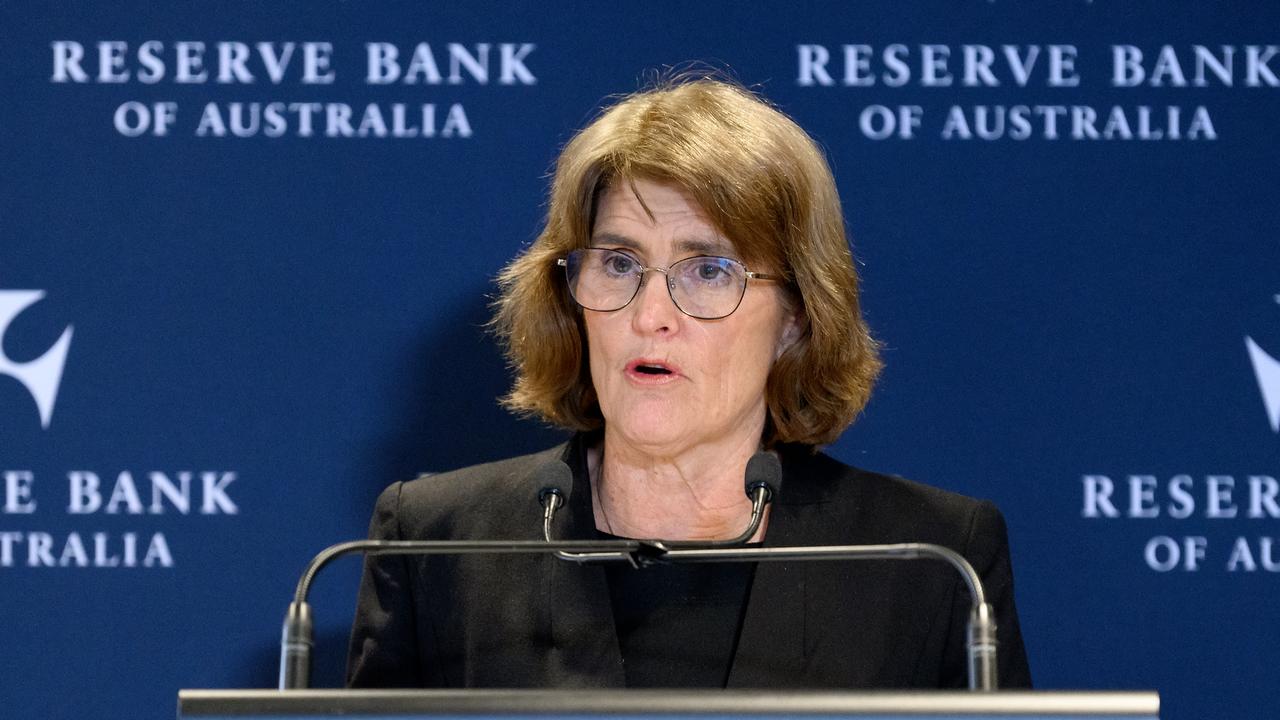Tax cuts in the federal budget are unlikely to sway the Reserve Bank’s interest rate decision-making as fresh inflation data is tipped to show more progress on price growth.
In the second consumer price index release since the Reserve Bank cut rates for the first time in more than four years, AMP economists are tipping a 0.1 per cent easing to 2.4 per cent in the year to February.
A rise in electricity prices and seasonal education costs would be trumped by a fall in travel costs, weak housing price growth and slowing services inflation, AMP chief economist Shane Oliver said.

Trimmed mean inflation, the Reserve Bank’s preferred inflation gauge, is expected to fall 0.1 per cent to 2.7 per cent.
“It’s doubtful this will be enough to see the RBA ease again at its 1 April meeting, preferring to wait and see the more reliable March quarter CPI data ahead of its May meeting where we do expect it to ease again,” Dr Oliver said.
Interest rate markets were also expecting a wait before the next rate cut, pricing in a 70 per cent chance of rate relief in May, compared to a roughly 12 per cent chance at next week’s meeting.
If the forecasts are correct, a rate cut wouldn’t be handed down by the RBA until May 20, with the following meeting not until July.
The federal budget, released on Tuesday, would make it harder for the central bank to bring inflation under control, even though its cost-of-living measures will help lower measured inflation, Dr Oliver said.
“But the new stimulus, the shift from surplus to deficit and average 5.5 per cent year-on-year projected growth in federal spending to 2028/29 will boost demand in the economy,” he said.
“We don’t think it precludes more rate cuts, but it means rates will be higher than would otherwise have been the case.”
Proposed income tax cuts unveiled in the budget and introduced to parliament on Wednesday would support household spending in the medium term if legislated, said JP Morgan economist Ben Jarman.
But the policy shouldn’t have a material bearing on the RBA’s near term decision-making, given it wouldn’t come into effect until mid-2026.
“We continue to forecast a rate cut in May,” Mr Jarman said.
A deterioration in global growth, soft wages numbers at home and mixed jobs figures last week showed Australia still in restrictive territory, IG Markets strategist Tony Sycamore said.
“It’s probably more a case if they think they need to cut, why wait until July?” he told AAP.

Last week’s national jobs report surprised analysts with a 53,000 slump in employment in February, the biggest monthly decline in jobs since December 2023, despite unemployment holding steady at 4.1 per cent.
Ahead of last night’s federal budget and an election due by May 17, Treasurer Jim Chalmers has thrown his weight behind his party’s economic record.
“We’ve got inflation down, real wages and incomes are up, unemployment is very low, interest rates have started to come down, we’ve got the debt down and growth is rebounding solidly in our economy as well,” he said on Tuesday.
Australian Associated Press is the beating heart of Australian news. AAP is Australia’s only independent national newswire and has been delivering accurate, reliable and fast news content to the media industry, government and corporate sector for 85 years. We keep Australia informed.





